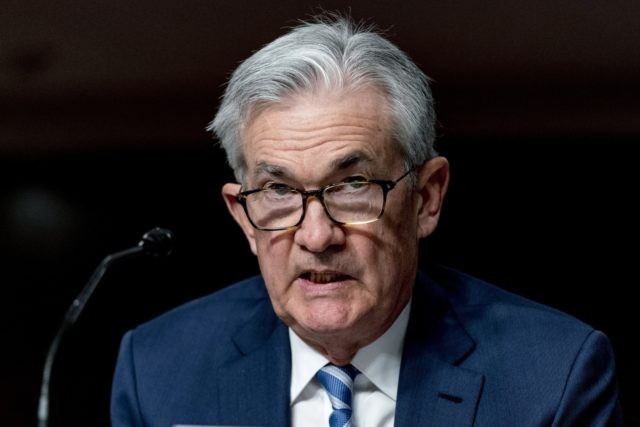The Federal Reserve announced on Wednesday an acceleration of the pace at which it plans to wind down its extraordinarily accommodative monetary policy of bond purchases, beginning a sharp turn toward higher interest-rate policies amid much higher levels of inflation and an unemployment rate that has fallen faster than anticipated.
In a statement following its two-day policy meeting, the Fed’s Federal Open Market Committee said it would reduce its monthly bond purchases at twice the rate that the central bank had outlined just six weeks ago. Those bond purchases are intended to ease financial conditions by lowering long-term rates, although economists are still divided about how effective they are at accomplishing this goal.
The Fed also released anonymized forecasts of FOMC members showing that they expect to raise rates at a faster pace next year than had been expected earlier. Just three months ago, the median projection of Fed officials was for just one rate hike in 2022. The most recent projections show around three hikes next year and another three the following year.
The Fed also dropped language indicating that it sought to raise the rate of inflation above two percent in accord with its policy of averaging two percent inflation over time. Last month, Federal Reserve chairman Powell said that he thought that goal had been achieved by recent elevated inflation after years of undershooting the target.
The statement notes that the Fed will keep rates at the current target until the condition of “maximum employment” is met. Currently, unemployment stands at 4.2 percent, just two-tenths above the rate that the Fed projections indicate officials think is consistent with maximum unemployment. The projections show Fed officials think unemployment will fall to 3.5 percent by the end of next year, another sign that officials think conditions will be ripe for rate hikes next year.
The Fed announcement and the projections represent a swift change in the stance of monetary policy. Fed officials had expected unemployment to stay higher for longer, requiring a sustained lift from monetary policy, and thought inflation would prove transitory and fade in the latter half of the year. Instead, the jobs market has recovered as the economy reopened and millions of Americans were vaccinated while it turned out to be inflation that proved longer-lived. Indeed, in recent months, inflation has accelerated to its fastest pace in four decades and shows no signs of slowing down.
Price increases have spread far beyond those, such as cars and trucks, that were directly impacted by pandemic constraints on supplies of components like microchips. Food prices have soared and the costs of durable goods are rising at the fastest pace on record since 1974. Economists now expect inflation will not significantly cool until the second half of next year, although that is far from certain.
“Price increases have spread much more broadly in the (most) recent few months across the economy, and I think the risk of higher inflation has increased,” Powell said at a Senate committee hearing a the end of last month.
Both Powell and Treasury Secretary Janet Yellen have said they think the term “transitory” should be retired as a way of describing inflation. It was dropped from the Fed’s statement this time around.
The projections of Fed officials for inflation have also gone up. In September, Fed officials forecast the personal consumption expenditure price index would rise 4.2 percent this year and 2.2 percent next year. The current projections have this year at 5.3 percent and 2.6 percent inflation. Core PCE inflation has gone from 3.3 percent this year and 2.3 percent next year to 4.4 percent and 2.7 percent.

COMMENTS
Please let us know if you're having issues with commenting.